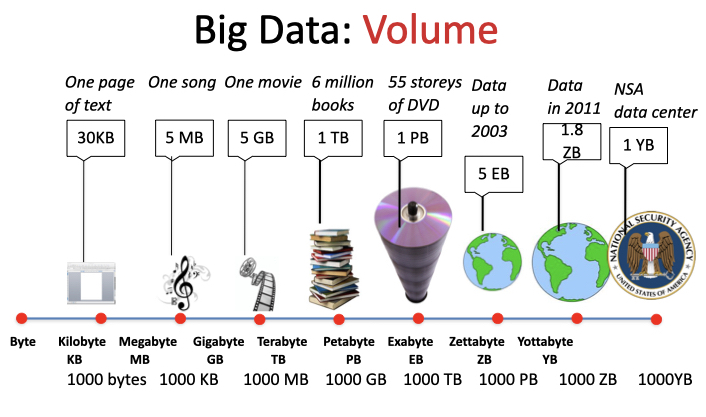|
|
Data, Logic, and Computing: Winter 2025
How to communicate with a computer
Data and instructions cannot be entered and processed directly into computers using human language.
Any type of information, be it numbers, letters, sound, pictures or any combination of the above
must first be converted into machine-readable form. Computers use binary - the digits 0 and 1 - to store such information. A binary digit, or bit, is the smallest unit of data that can be stored.
It is represented by a 0 or a 1.
In this chapter, we cover the different conversions between human-comprehensible information the
the corresponding computer-comprehensible information. We cover numbers (integers and real),
texts, sound, and images. We briefly cover the current data revolution.

Lecture Notes
Further Reading
- Handwritten Notes from class on 1/8: Representing natural numbers on a computer: PDF document
- Handwritten Notes from class on 1/10: Representing integers: PDF document
- Handwritten Notes from class on 1/13: Representing real numbers: PDF document
- Handwritten Notes from class on 1/15: Hexadecimal + texts: PDF document
- Handwritten Notes from class on 1/17: Sound and Images: PDF document
|





